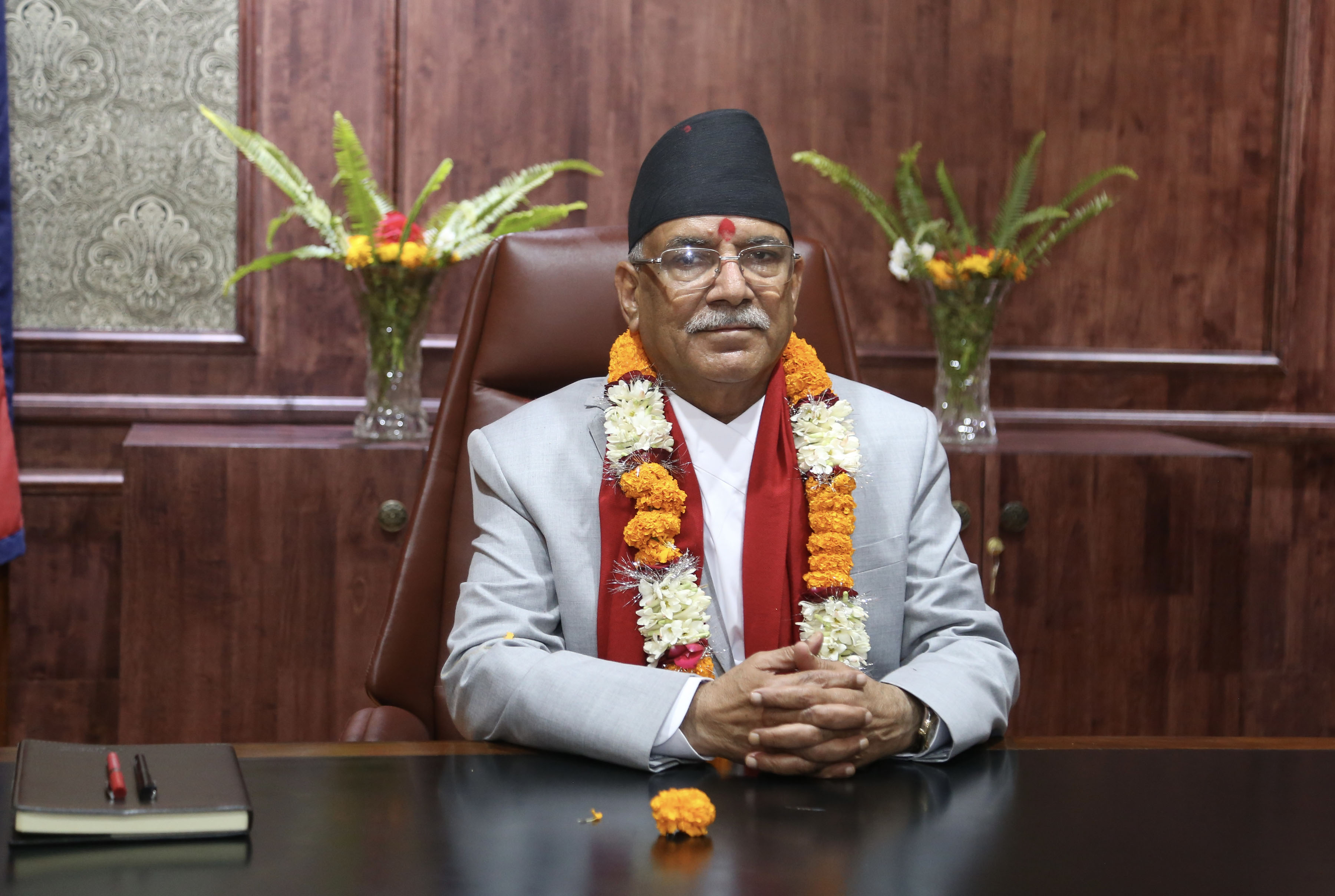On the policy front, the state of Nepal's economy is a matter of serious concern for the new government. Largely driven by high prices of food items and fuel, Nepal's inflation rate touched, as recorded by the country's central bank and reported in the media, 8.64 percent in September 2022. It was around 3.49 percent in 2021.
The Inflation Expectations Survey for the first quarter of 2022- 23, published by Nepal Rastra Bank, reported that the inflation is expected to hit 12 per cent within a year. Another tension is growing unemployment which, along with inflation, is forcing many young Nepalis to seek jobs in other countries. According to the Department of Foreign Employment record mentioned in a media report, in the FY 2021-22, an average of 1,745 people left Nepal every day to seek employment abroad. This number is likely to increase to 2,546 persons leaving Nepal each day in the current fiscal year. A challenging geostrategic terrain Lying between India and China, Nepal has always faced challenges to balance its relationships with the two Asian powers. On the basis of their political ideology, Nepal's leadership has been always tagged by many outside and Nepali observers as either "pro-India" or "pro-China". However, there is no drastic difference between the NC and communist parties on core foreign policy matters For instance, in its election manifesto, the NC stated that it will adopt diplomatic means to resolve boundary issues with India and maintain good relations with both New Delhi and Beijing. During the election campaign, Oli posited that if voted to power, he will balance the country's ties with both countries for mutual benefit. Besides India and China, the United States (US) has emerged as an important actor in Nepal's domestic politics and foreign affairs. The Millennium Challenge Corporation Nepal Compact and the State Partnership Program (SPP) have brought Kathmandu very close to Washington. After a long debate, Nepal's parliament ratified the MCC in early 2022. On the contrary, under pressure from the opposition and some members of his own party, Sher Bahadur Deuba- led government terminated Nepal's partnership with the SPP in 2022. Inclement climes Nepal is a "climate risk" country. According to the World Bank and the Asian Development Bank's publication on Climate Risk Country Profile, by 2030, around 199,000 Nepalis may be affected by floods. At that time, the annual impact of floods on the country's gross domestic product may be around $574 million. Climate change and its impacts will severely affect the poor, those living in the remote regions of the country and people engaged in subsistence agriculture. Nevertheless, the Nepali government has hardly restrained itself from taking decisions on projects involving serious damage to forest areas. A recent example is the government's decision to build an airport at Nijgadh, 175 kilometers south of Kathmandu. Paradoxically, the NC-led government demonstrated its concerns about environmental issues and signed a "concessional financing agreement" worth $100m with the World Bank to support "Green, Resilient, and Inclusive Development" in August 2022. This agreement has been opposed by many Nepali activists who argue that the country should receive climate finance instead of loans, given its minimum contribution to global emission. To conclude, the fate and tenure of the Dahal-led government highly depends on how deftly he manages to keep his coalition partners together, especially the CPN-UML. Dahal and Oli have enjoyed sweet and bitter relations in the past. On the domestic policy front, rising rates of inflation and unemployment demand that the government take effective steps. On foreign policy, Prachanda is likely to be tagged as a "pro-China” leader, but, as a tested and experienced leader, he knows how to pursue his country's interests by keeping it away from India-China or US-China tensions. Finally, the growing economic impact of climate change and environmental deterioration need some serious attention from the government. The author is a Research Fellow at the Institute of South Asian Studies (ISAS), National University of Singapore (NUS) Acknowledgement: This is a summary of a recent Insights paper published by ISAS-NUS











